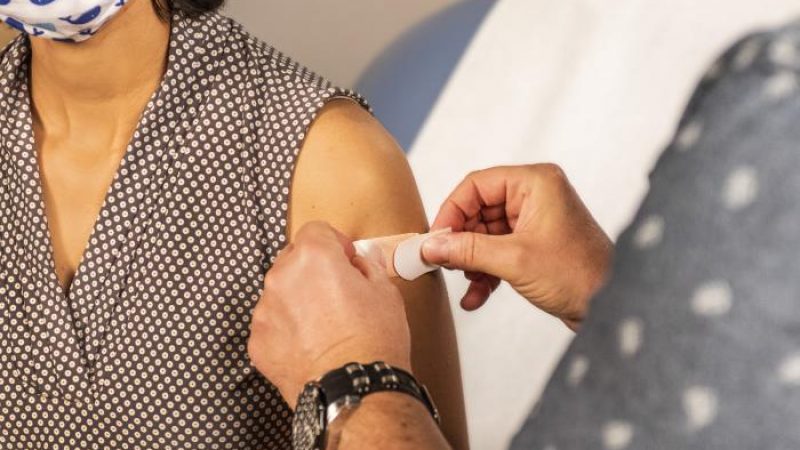The state’s medical advisory committee put a special emphasis on teachers when passing its recommendations for the second phase of COVID-19 vaccinations.
“I think schools play such a part of our social fabric, that they are a bit different than just making it one more cog in kind of a long chain,” said State Disaster Medical Advisory Committee Chair Dr. Azita Hamedani of UW Health. “They do allow a vulnerable population — minors, kids — to be able to go as quickly back to any sense of normalcy as possible.”
About two-thirds of SDMAC’s 14 members in attendance yesterday approved putting teachers ahead of the rest of the second phase. The members in the minority argued that subdividing the second phase to prioritize teachers would take away from the other groups in the second phase.
Dr. Ryan Westergaard, the state’s chief medical officer, suggested the committee note a priority consideration for teachers and child care workers in the recommendations. That way, if vaccine supply is constrained, vaccinators can sub-prioritize the eligible populations. That consideration also includes Blacks, Native Americans, Latinos, people with low socioeconomic status and those with certain medical conditions, such as cancer or asthma.
The group decided to accept Westergaard’s idea as a compromise.
“Because we’re not needing the sub-prioritization to be a stopgap for others, it’s kind of a nod to do the right thing by that group,” Hamedani said.
SDMAC’s recommendations will go to the Department of Health Services, which will ultimately decide who is included in the second phase. DHS has already approved first responders and adults over the age of 65.
DHS Deputy Secretary Julie Willems Van Dijk said the agency plans to make a decision by early next week. She also said sub-prioritizing teachers “makes sense.”
“It makes sense to me from a sense of protecting those who will provide education and also because those educators will be in contact with a population of children that as of this point in time are not eligible to receive the vaccine,” she said. “We will take that into deep consideration as we look at the entire recommendations from the group.”
But it’s up to locals to open school districts for in-person instruction, explained Ryan Nilsestuen, chief legal counsel to the governor.
“We’re a local control state for education. These are decisions that local school boards can make. It’s not an authority that the governor can order schools to open, close. The Department of Public Instruction doesn’t have that authority,” he said. “Secretary of Health Services can close schools as a result of a pandemic, but cannot order them to open.”
The full list in SDMAC’s recommendation includes Family Care individuals, including those participating in the state program IRIS; people in congregate living settings, including incarcerated individuals; 911 operators; utility employees; education and child care faculty, staff and administration; public transit bus drivers; food chain workers; non-frontline health care personnel; and mink farmers.
-By Stephanie Hoff
WisBusiness.com



